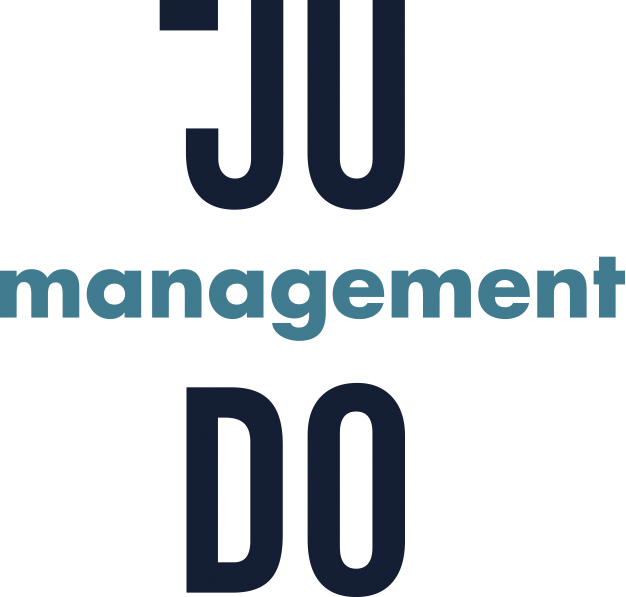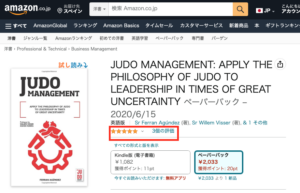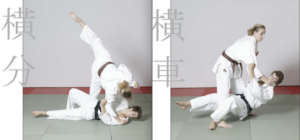Every company, every (sports) organization must be an active organization.
Dynamics and innovation are components that belong to the concept of an “active organization” and dynamics and innovation are therefore also permanently linked to a company or sports organization.
An active (sports) organization only survives if it is able to adapt to and respond to the constant changes in the world around them, both personally, in their own (comfort) zone or work sector as well as in the bigger picture.
So one has to keep in touch and connect with the world around one.
An active organization is a continuous learning organization.
Active, learning organizations, in an ever-changing and complex world, have more chance of survival, more chance of development, more chance of success!
Success today comes down to mobilizing as much of the knowledge available to a sports organization as possible. That knowledge is generated from within and from without, even tolerated. Space must be created for this; space is, after all, essential for knowledge-intensive organizations.
Sports organizations and companies must use the ability to further improve the opportunities in their own environment, internally and externally.
All professionals must have the ability to move, and that moving should be development-oriented; moving in particular as a whole rather than staying in isolated territories and hiding behind boundaries.
Board members, executives and professional teams must harness the individual’s potential to discover and implement new patterns of behavior, new skills.
Direct communication, rather than passive and resigned waiting, is the means of using an individual’s skill and also transferring it to the entire community.
The word dynamics has been used in this article. Dynamics cannot be defined purely as making efforts. This does not detract from the concept of dynamics, because it is not difficult for passionate professionals to make an effort.
Dynamics really become dynamics when another component is added, namely: overcoming obstacles.
Working at management or board level mainly consists of preventing and removing obstacles. To do this, one has to move constantly, one has to learn constantly, constantly search for new behavioral patterns and introduce them.
The word innovation has also been mentioned. Innovation can be understood to mean that one has to constantly shape new signals and constantly new events. If one succeeds in this, then one is innovative.
Creativity is needed to be innovative.
In the past, the word proactive was sometimes used. I personally have done away with that word, because proactivity is an outdated concept and because it is overtaken again and again. Proactivity is better replaced by creativity.
Creativity moves people and movement is a characteristic sign of life. Creativity moves an organization or company and that makes a company or organization an active organization.
An active (sports) organization has the future, even if obstacles can be overcome.
An active (sports) organization is not only characterized by values and rational matters; an active (sports) organization is also characterized by the experience of the people, people who are connected to the organization.
The experience generates creativity and the connection encourages unprecedented movement.
An active board and an active management will have to set an example and stimulate the entire sports organization; the need for synergy and making a conscious contribution to the bigger picture is an important task for the future.
Willem Visser
Executive coach, Strategic Adviser, International Lecturer, 8th Dan Judo IJF
With gratitude to all my teachers, specialists, colleagues and especially all the judoka that I was allowed to guide and to coach.
Sources and inspiring professionals:
Van der Horst, Cobben, Abe, Saitoh, Yamashita, Uemura, Sugawara, Murata, Hosokawa, Komata, Takahashi, Nakamura, Kasuga, Kawashima, Kariya, Brousse, Besson, Rougé, Ruska, Geesink, de Cree, Barta, Vachun, Viser, Lascau, McConnell, Snijders, Sins, Hoogendijk, Boersma, Odinot, van Dijk, Klok, Agúndez, Landsberg, Covey, de Waal, DeCaluwe, Drucker, Franzen, Goldratt, Hammer, Kets de Vries, Kotler, Mastenbroek, Mintzberg, Peters, Porter, Quinn, ten Bos, Trompenaars, Vinke, Weggeman, Wissema and many others.




